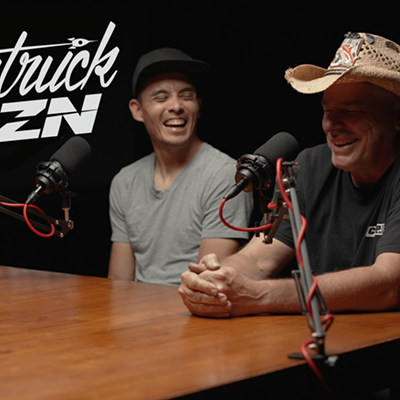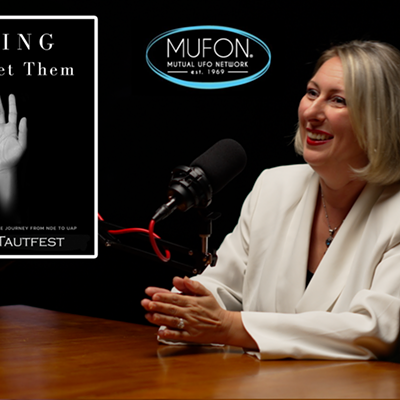This election season, the Oklahoma Senate is a one-seat map with Democrats and Republicans tied at 24-24. There is room for either party to gain one seat, perhaps two.
The Democrats need to take three seats to gain control of the Senate, two to tie. Of these target districts where gains " or losses " may be made, three are interesting: Don Barrington, R-Lawton, term-limited Mike Morgan, D-Stillwater, and Nancy Riley, D-Tulsa. Democratic control hinges on Riley's seat.
But, here's where it gets tricky. When Sen. Riley was re-elected in 2004, it was as a Republican. In that election, she won 65 percent of the vote. But, in 2006 she changed parties after losing the GOP Lite-Governor primary.
Now Riley is in trouble. Why?
Her territory, District 37, has some of the most rigorously structured, strong party-line voting behavior in Oklahoma. To win re-election as a Democratic candidate, she must ask Republicans to do something they just don't do in Tulsa anymore: vote heavily Democratic.
There's a technique used by political scientists called ecological regression that estimates how party registration is related to turnout and vote choice. The technique estimates what share of voters who are registered Republican or not Republican turned out, and also estimates how many voted for the respective candidates. Ecological regression has proved highly reliable in telling political analysts how constituencies might act.
When applied to the 2004 results in Riley's district, when she was elected as a Republican, you find out a number of things.
Republicans in District 37 are almost 1.5 times more likely to vote than Democratic or Independent voters " 60 percent of all voters will be registered Republican. In 2004, those Republicans voted 92 percent for Riley, 95 percent for U.S. Sen. Coburn and 98 percent for President Bush. Democrats and independents, however, voted 4.5 percent for Coburn and 26 percent for Bush.
Applying these numbers to the upcoming election, the chunk of votes Riley can expect from Democrats is between 30 and 38 percent of all voter turnout. The number of votes she can expect from Republicans is between .12 and 4.8 percent " a vote of 31 to 43 percent, roughly.
This assumes she can't carry over Republicans. But, what if she can? How many does she need? Assume she garners all the Democrats and independents " that's 40 percent of ballots cast. She needs those last 10 points to come from Republican voters, or one in six registered Republicans. Not impossible, but it requires a crossover rate that is double that earned by previous Democrats.
But, that won't be an easy task for Riley.
Most people who switch parties are able to argue not that they left the party, but their party left them. This, however, is not an argument available to Riley, who most definitely left her party.
Supporting a now-Democrat Riley is not an attractive option to voters who first elected her over a Democratic incumbent in 2000. She has to show the hardest-core Republicans in America why, with her party change, she ceased to be a conservative like they elected.
Gaddie is professor of political science at the University of Oklahoma and president of the Southwestern Political Science Association.












